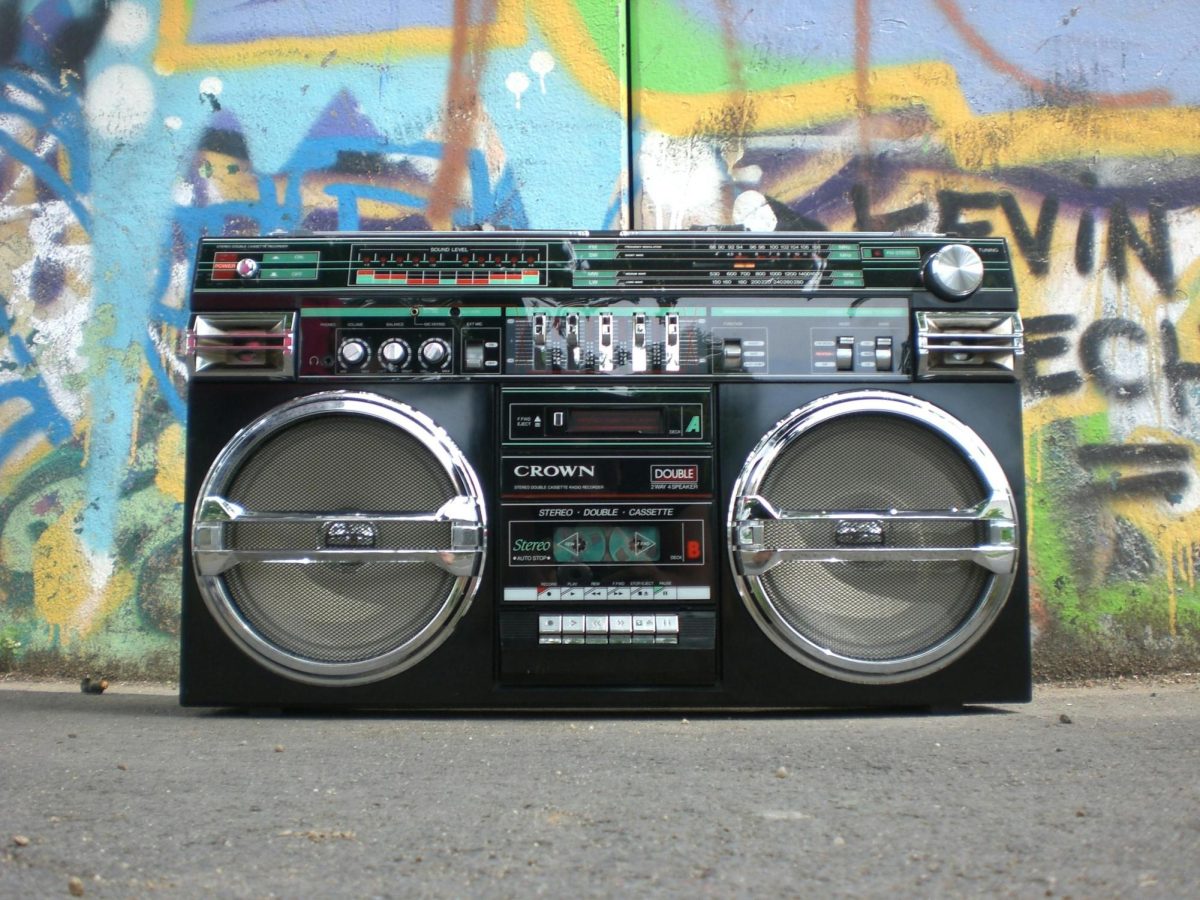The 2024 election is today and the stakes couldn’t be higher. From the presidential election to control of the House and Senate to local races like the Maryland Senate race, a lot will be decided in the coming hours. This column includes a recap of the past week’s political events, an explanation of the most recent polls and election night FAQs.
Last week’s recap
Both Vice President Kamala Harris and former President Donald Trump used the final week of the election to campaign extensively in swing states. Trump focused on three states in his easiest path to victory — Pennsylvania, North Carolina and Georgia — and issued baseless claims of voter fraud and a stolen election. Harris focused on the “Blue Wall” states of Pennsylvania, Michigan and Wisconsin. She also campaigned in North Carolina, a state that hasn’t voted for a Democrat since 2008. The vice president enlisted multiple celebrities and musicians to speak and perform at rallies this week, including Jennifer Lopez, Lady Gaga, Katy Perry, Cardi B and Gracie Abrams.
Harris held the first of her closing rallies Tuesday at the Ellipse in Washington D.C., drawing a crowd of around 75,000 people, the largest of any event this campaign season. She detailed what America under a Harris presidency would look like, and slammed Trump as someone “consumed with grievance and out for unchecked power.”
Trump faced a series of negative headlines in the last days of the election after declaring Wednesday that he would protect women whether they “like it or not” and asking if he should “knock the hell out of people backstage” due to technical difficulties at a rally Friday night. He also described former Rep. Liz Cheney (R-WY) as a “war hawk” who should be put on a battlefield “with nine barrels shooting at her,” a remark that the Arizona attorney general is investigating. The former president also said that he “shouldn’t have left” the White House after losing the election in 2020 and that he wouldn’t mind it if members of the press at his rally were shot at.
President Biden caused political confusion this week after appearing to call Trump supporters “garbage.” The White House said the comment was taken out of context, altering the official transcript to read that Biden, who has a stutter, instead said Trump’s “supporter’s demonization” of Latinos is garbage. Harris attempted to distance herself from the controversy, saying she strongly disagrees “with any criticism of people based on who they vote for.” Trump, however, held a news conference in a garbage truck and said Biden’s words were “what he and Kamala really think of our supporters.”
Harris appeared on Saturday Night Live with her impersonator Maya Rudolph, declaring they could “end the dramala” and jokingly asking Rudolph if she was registered to vote in Pennsylvania. The comedy show has hosted multiple presidential candidates, such as Barack Obama, Hillary Clinton, and Trump, although Trump has frequently criticized the show.
What recent polling says
All polling is from reputable aggregator 538 unless otherwise specified.
There has been an influx of polling this week, with most swing states indicating marginal leads for one candidate, and popular vote polls staying relatively close. Harris leads by 1.2 points in general election polling, roughly the same as last week. 538’s final forecast gives Harris a 50.3% chance to win the election.
The race in the seven swing states (PA, MI, WI, NV, AZ, GA and NC) has begun to slide away from a tie in each state, although every race is within 2.5 points. Neither candidate has a lead greater than 0.5 points in NV as well as PA — the swing state that both campaigns see as crucial to their path to victory. Trump leads by almost 1 point in the southern battlegrounds of GA and NC, while leading by a larger margin of 2.1 points in AZ. Harris leads by 1 point in the northern battlegrounds of MI and WI, although polling for every state remains within the margin of error. However, just because polling is close doesn’t mean the election will be. Even a 2% polling error, a realistic margin, could lead to a landslide for either candidate.
While not considered a swing state, Iowa saw a shocking poll by the nationally recognized Iowa Poll, which found Harris leading Trump by 3 points after Trump won the state by a large margin in 2016 and 2020. While the poll could be an outlier, it reflects the possibility of unexpected results on election night.
The Senate remains likely to flip to Republican control, with 538 giving the party a 92% chance of winning the upper chamber. Democrats are hoping for an upset in Nebraska, Florida or Texas, but face an uphill path to victory in the Senate.
Control of the House of Representatives remains a virtual toss-up as 538 gives Democrats a 51% chance of flipping the chamber. Maryland’s 8th District, which includes Montgomery County, will almost certainly see incumbent Rep. Jamie Raskin keeping his seat. Maryland has no competitive House races.
Locally, Prince George’s County Exec. Angela Alsobrooks leads former Maryland Gov. Larry Hogan by 10.4% in Maryland’s Senate race. 538 gives Alsobrooks a >99% chance of winning the seat.
Election night FAQs
Who’s going to win?
While many news outlets and prediction markets confidently predict that one candidate will definitively win the election, it’s either candidate’s race to win. The 2024 presidential election is expected to be the closest one in modern history, with no general consensus about the victor and swing state polling being locked within the margin of error.
When will the race be called?
Unsurprisingly, there is no clear answer to this question as the race could be called any time from the night of Nov. 5 to days later. In the unlikely event of a landslide for one candidate, the race could be called just hours after the polls close. However, the election will likely come down to a few thousand votes in the seven swing states. An essay by election lawyer Ben Ginsberg in the New York Times detailed the possible outcomes for election night, finding that Georgia, Michigan and North Carolina are most likely to be called the earliest. Because of new state laws that make it take longer to count mail-in ballots, it could take days to get the final results in Pennsylvania, Wisconsin, Nevada and Arizona.
Will there be another “blue shift”?
The “blue shift” or “red mirage” describes the trend where Republicans appear to be winning the election overwhelmingly in the early hours of the election, dominating the in-person vote while mail-in and early votes come in later, favoring Democrats. This happened significantly in 2020 and was one of the reasons that Trump declared victory so early. This trend looks likely to continue to a lesser extent in 2024. This year, the mail-in and early vote appear to favor Democrats only slightly, as Trump has pushed his base to vote early or by mail. Without the pandemic forcing many to stay inside, the overall in-person turnout, especially by Democrats, will likely increase and lean only slightly for Republicans. In summary, Republicans will likely appear marginally ahead when in-person votes are counted first, but the election will begin to even out once the mail-in and early vote is counted.
















